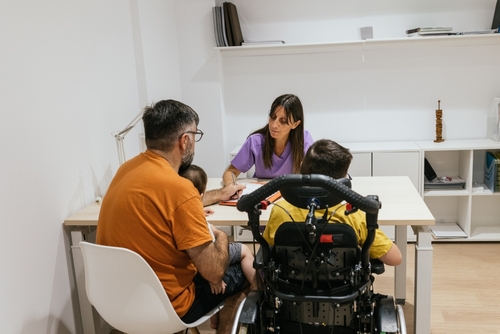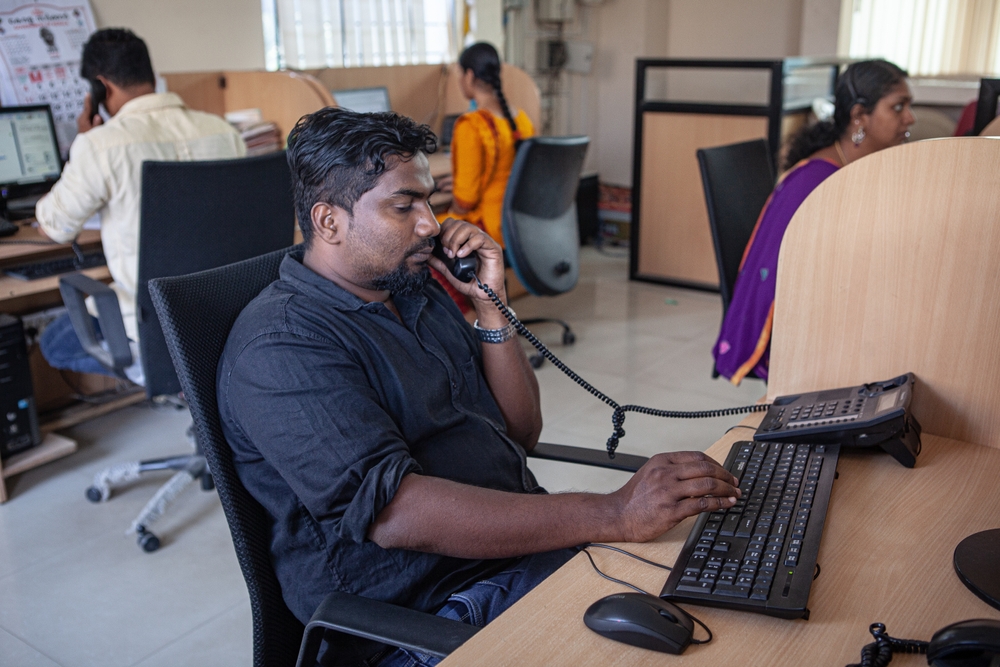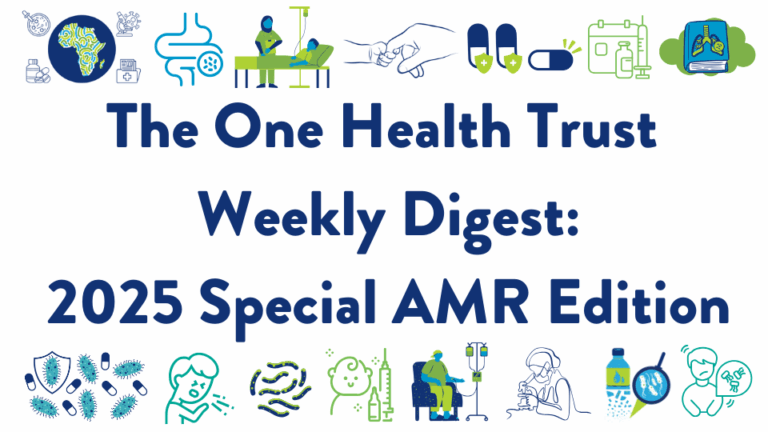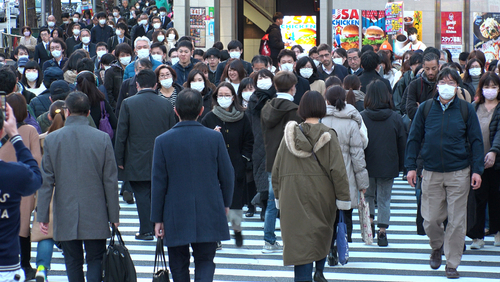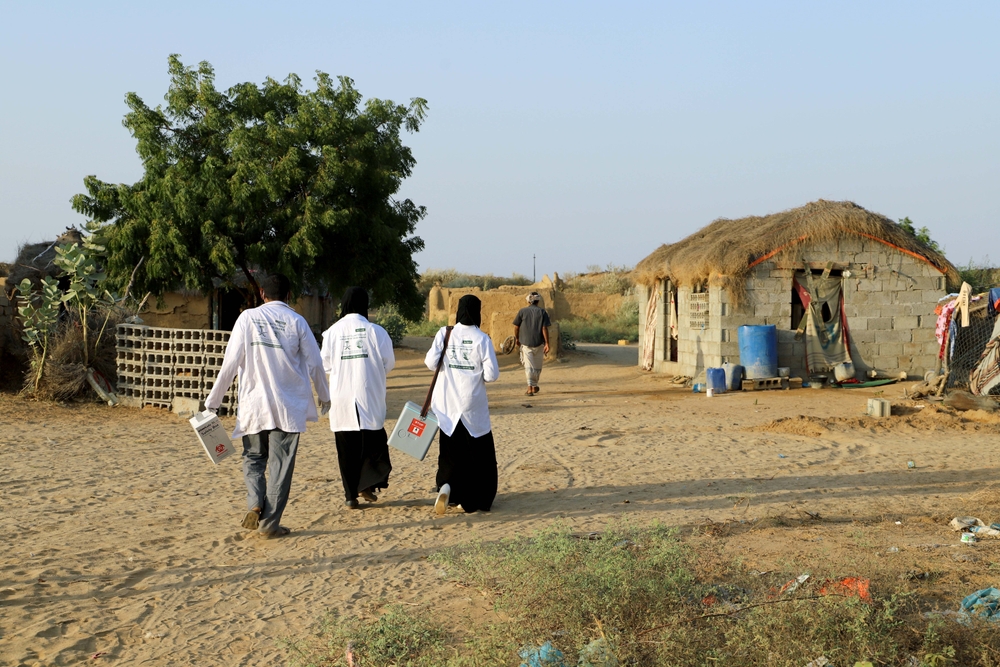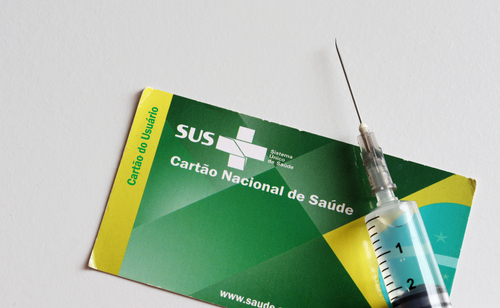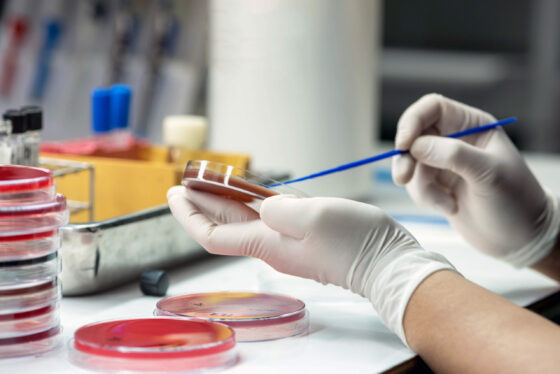June 19, 2015
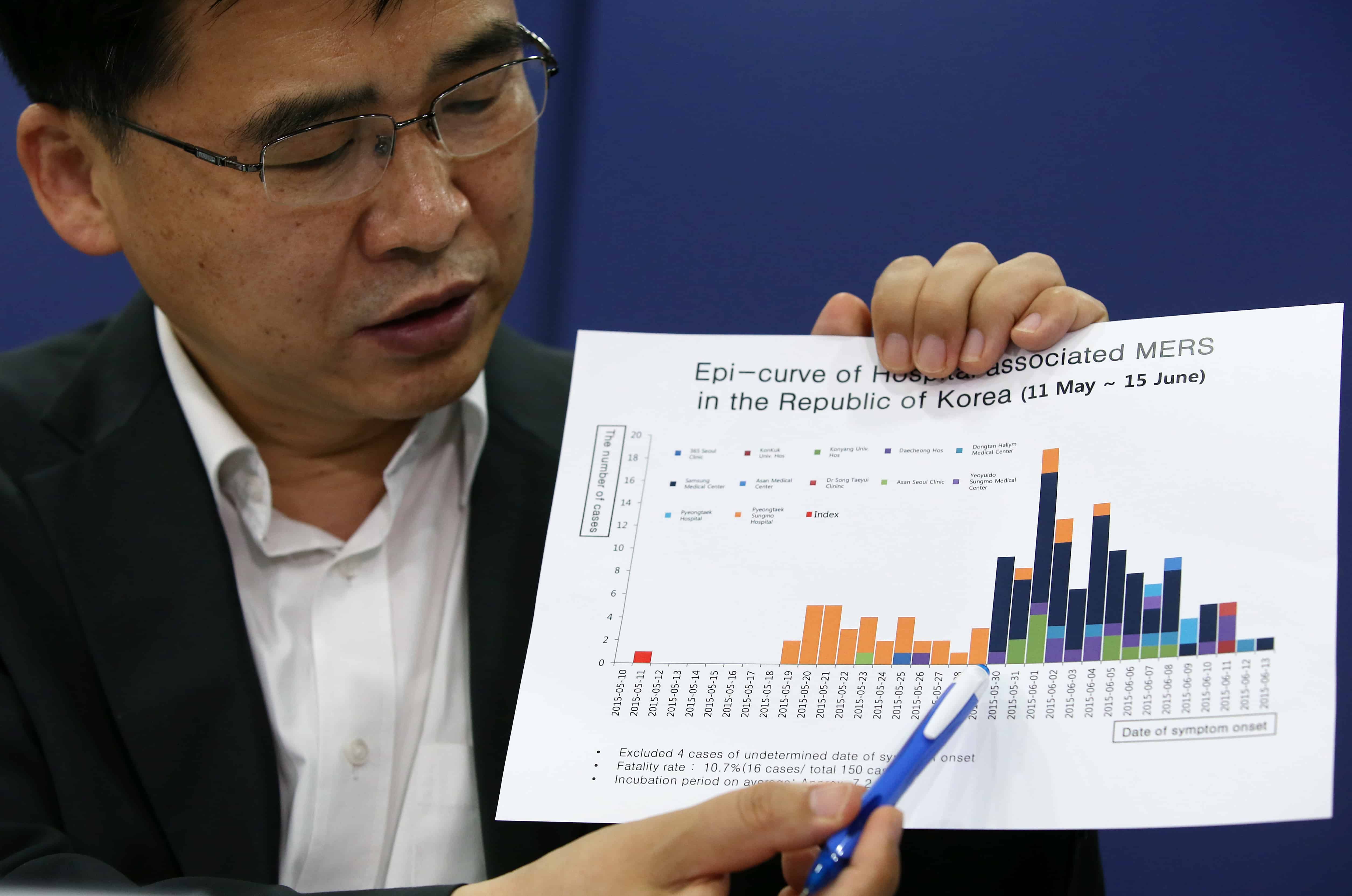
A weekly roundup of news on drug resistance and other topics in global health.
Child-targeted artemisinin combination therapy (ACT) subsidies could be a way to bring malaria treatment to thousands of people—but any plans for them would need to take into account adults using the medications given to children. A CDDEP study published in Journal of the Royal Society Interface examined the costs, effectiveness and cost-effectiveness of ACT subsidies aimed at children with various degrees of leakage (older individuals taking young child-targeted doses). Targeted programs could improve the cost-effectiveness of ACT subsidies and avert a significant number of deaths, but leakage—which is likely to occur in many countries—would undermine its benefits by making fewer doses available for children. Additionally, adults who take the medications and actually have malaria could underdose with the child preparations, decreasing drug efficacy and increasing the risk of antimalarial resistance. [Journal of the Royal Society Interface, CDDEP]
“Crude infectious disease mortality in India today is twice that in the United States,” according to CDDEP Director Ramanan Laxminarayan, who was interviewed for an article on antibiotic resistance in the country for Khaleej Times. The story, which cited CDDEP research on global livestock antibiotic use and sepsis-related deaths in Indian newborns, focused on the reasons why the outlook for resistance in India is particularly grim. Laxminarayan cited “a mix of poor public health systems and hospital infection, remaining burden of infectious disease, inexpensive antibiotics and rising incomes” as major contributors to the problem. [Khaleej Times]
Middle East Respiratory Syndrome (MERS) has spread to Thailand, but the outbreak is slowing in South Korea. A 75-year-old businessman traveling from Oman brought the disease to Thailand, where he was diagnosed at a hospital on his first day in the country. Fifty-nine of his contacts are being monitored, and travelers to the country are being screened for the disease at 67 entry points. Officials in Korea announced Friday that just one new case was reported on the previous day and three the day before—the lowest daily totals since June 7. Only 126 of the 3000 schools originally closed in Korea to halt the spread of the virus are still shut down. [Reuters, The New York Times]
A new malaria treatment appears to kill the Plasmodium falciparum parasite in mice and may also halt disease transmission. The drug compound, described in Nature by researchers at the University of Dundee, blocks production of a protein important at different phases of the parasite’s life cycle—and may improve upon existing treatments by killing the parasite at multiple stages of its human infection and transmission cycle. “There’s good evidence to suggest that what happens in mice would translate to patients,” said lead author Professor Ian Gilbert. “There’s no guarantee, but it’s quite rare to get to this stage and then fail.” [The Guardian, Nature]
Children who are given acid-reducing drugs are at increased risk for Clostridium difficile infection. Researchers at Columbia University found an association between prescriptions of acid reducers—histamine-2 receptor antagonists (H2RAs) and proton pump inhibitors (PPIs)—and C. diff infection in healthy children, which rose in incidence 10-fold between 1991 and 2006. These medications, which have been shown to reduce gastrointestinal acid in adults, have not been proven effective at reducing gastrointestinal symptoms in children. According to the lead author, “Given our findings about the risk involved, pediatricians may hesitate before prescribing these drugs unless there is evidence of acid-related disease.” [Columbia University, Clinical Infectious Diseases]
A vaccine for cutaneous leishmaniasis has shown efficacy in monkeys. The vaccine, made from the saliva of sand flies, was described in a Science Translational Medicine paper. Rhesus macaques given the vaccine showed a clear immune response to it and “displayed a significant reduction in disease and parasite burden compared to controls.” No human vaccine currently exists for either of the two dominant forms of leishmaniasis—cutaneous and visceral. Cutaneous leishmaniasis infects about one million people annually, mostly in the Middle East and South America. [Science Translational Medicine, The New York Times]
Medical gloves and bandages printed with a new type of silk ink may be able to sense bacteria—and change colors to indicate the presence of specific pathogen strains. Researchers at Tufts University have developed a type of silk inkjet ink that can stabilize and contain various types of “enzymes, antibiotics, antibodies, nanoparticles and growth factors.” Lead researcher Fiorenzo Omenetto stated that he hopes the ink could have numerous clinical uses, including possible development of “bio-sensing gloves, which could selectively react to different pathological agents,” and “smart” bandages, which selectively incorporate therapeutics to target specific injuries. [Infection Control Today, Advanced Materials]
Nearly half of Indian children are malnourished, a disproportionate share of them girls. According Ziaul Haque, medical activities manager for Doctors Without Borders in India, up to two-thirds of patients at a malnutrition intensive care unit in Bihar state are girls. Recent government figures estimate that 46 percent of children under five in India are underweight and 48 percent are stunted; of the 8000 children admitted to the unit in Dharbhanga district, 62 percent were girls—despite girls accounting for just 47 percent of the population under five in the district. [Reuters]
Want to share interesting news via the digest? Send an email to [email protected]
Image via Flickr/Foreign Press Center Korea, used with Creative Commons license.

